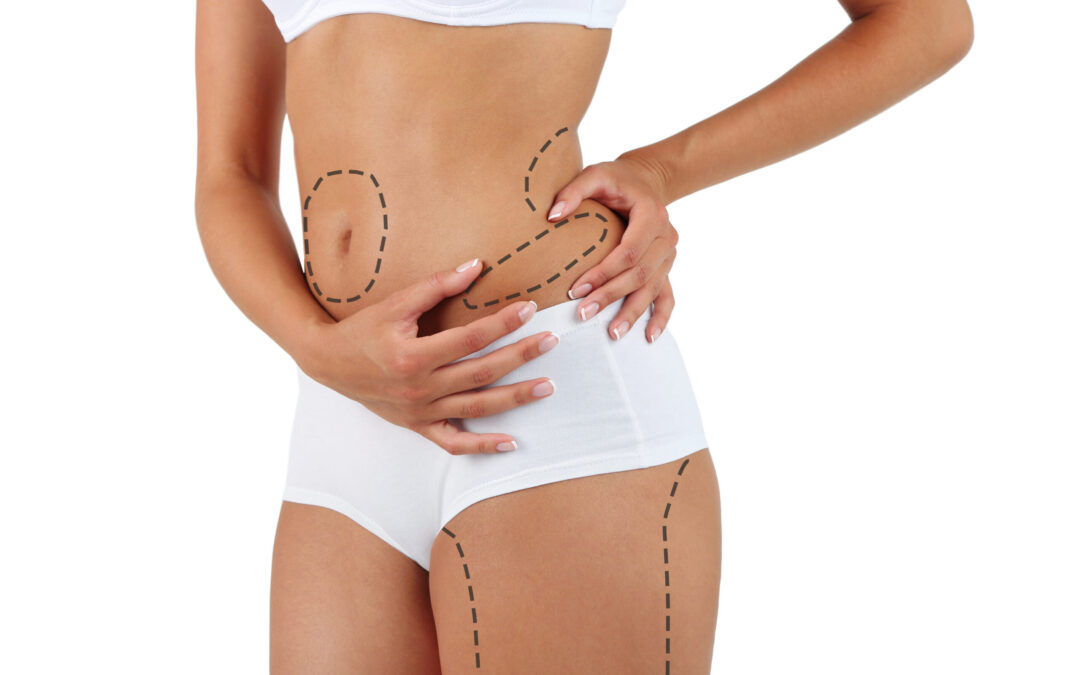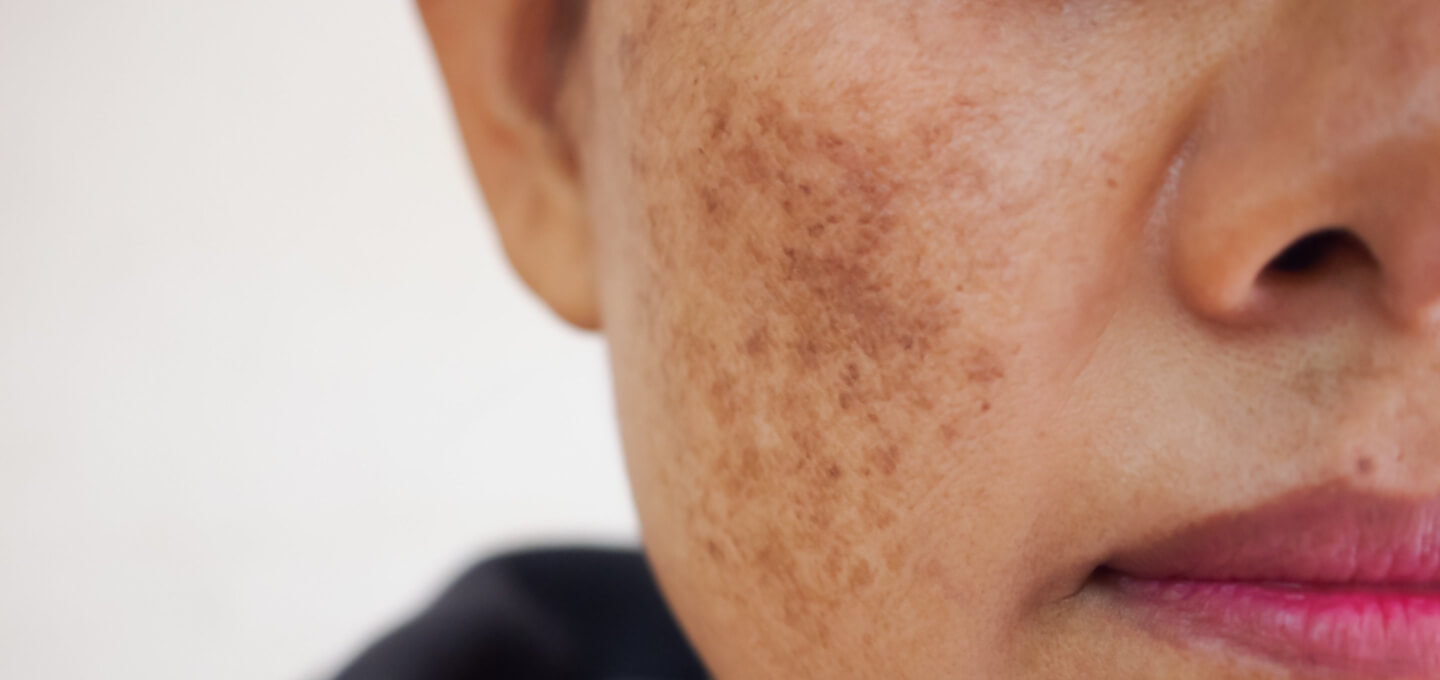Can fat come back after liposuction?

Strong 8k brings an ultra-HD IPTV experience to your living room and your pocket.
Liposuction is a widely performed cosmetic procedure that offers effective body contouring by removing localized fat deposits that are resistant to diet and exercise. Many individuals choose this treatment to enhance their body shape and achieve a more refined silhouette. While the immediate results of liposuction can be transformative, one frequently asked question remains: Can fat come back after liposuction? This is a critical consideration for anyone pursuing Liposuction in Islamabad or elsewhere. Understanding the nature of fat removal and the long-term outcomes of the procedure is essential for maintaining results over time.
How Liposuction Works
Liposuction is designed to remove subcutaneous fat—the layer of fat beneath the skin—using a surgical suction technique. Through small incisions, a cannula (thin, hollow tube) is inserted into the target area to break up and suction out fat cells. Once removed, these fat cells are permanently eliminated from the body.
Common areas treated with liposuction include:
Abdomen
Flanks (love handles)
Thighs
Buttocks
Arms
Back
Chin and neck
The procedure does not affect visceral fat (fat surrounding internal organs) and is not intended for overall weight loss, but rather for improving contour and proportions.
Are Fat Cells Permanently Removed?
Yes, the fat cells removed during liposuction are permanently eliminated. The human body has a finite number of fat cells, and it generally does not produce new ones after puberty. Therefore, when liposuction removes fat cells from a particular area, those cells do not regenerate. This is why liposuction can provide long-lasting results, especially when combined with a healthy lifestyle.
However, this does not mean that fat cannot return. The remaining fat cells in the body—including those in untreated areas—can still expand in size if a person gains weight after the procedure.
Can Fat Come Back After Liposuction?
The short answer is: not in the same way, but it can still return in other forms. Fat can “come back” in the sense that if a person consumes more calories than they burn, the remaining fat cells can enlarge. While the number of fat cells in the treated area is reduced, those that remain can still store fat. If weight gain occurs post-surgery, the distribution of new fat may be different.
For example:
If liposuction is performed on the abdomen and the individual gains weight afterward, the fat may accumulate more readily in the thighs, arms, or upper back.
If the patient gains a significant amount of weight (e.g., more than 10% of their body weight), fat can potentially return even to the treated areas by enlarging the few fat cells that remain.
What Happens with Moderate vs. Significant Weight Gain?
Moderate Weight Gain (5–10 pounds):
With slight to moderate weight gain, the body will generally distribute fat evenly. The treated areas may still maintain a better contour compared to the untreated areas. Results may still appear satisfactory, and patients may not notice major changes.
Significant Weight Gain (Over 10% of Body Weight):
When a substantial amount of weight is gained, the remaining fat cells—both in treated and untreated areas—can grow significantly. This may lead to a distortion of results. Additionally, untreated areas may begin to store fat more noticeably, leading to disproportionate body contours.
Can New Fat Cells Form After Liposuction?
In most adults, the body does not create new fat cells after puberty. However, in cases of extreme and prolonged weight gain, some studies suggest that adipogenesis—the formation of new fat cells—can occur. This means that while liposuction permanently reduces fat cell count in the treated area, it does not protect against new fat cell formation in other areas if significant weight gain takes place.
How to Maintain Liposuction Results
To prevent fat from returning or distorting results, patients should adopt and maintain healthy habits after the procedure. Liposuction should be seen as a contouring tool—not a weight-loss method or a substitute for lifestyle management.
1. Maintain a Balanced Diet
Consuming a diet rich in vegetables, lean proteins, fruits, and whole grains helps sustain a healthy weight and supports long-term fat loss. Avoid high-calorie, processed, and sugar-rich foods.
2. Exercise Regularly
Regular physical activity helps burn calories, maintain muscle tone, and keep fat cells from expanding. A combination of cardio and strength training is most effective for long-term weight maintenance.
3. Stay Hydrated
Adequate hydration supports metabolism and improves digestion, which can help in weight management.
4. Monitor Your Weight
Weigh yourself regularly or track your body measurements to catch weight gain early. Preventing small weight increases from becoming larger fluctuations is key.
5. Get Quality Sleep
Sleep influences appetite-regulating hormones and metabolism. Poor sleep can lead to increased cravings and fat accumulation.
Psychological Factors Post-Liposuction
Some patients may feel so satisfied with their results that they become less vigilant about lifestyle habits. This can lead to slow, gradual weight gain and diminished results. Others may have unrealistic expectations, believing that liposuction permanently immunizes them against fat return. A well-informed patient understands that liposuction is a physical intervention, but long-term success depends on behavioral patterns post-surgery.
Surgeons typically educate patients during the consultation process about the importance of post-operative maintenance. This guidance, when followed, helps patients preserve their results for many years.
Special Cases: Fat Redistribution
In rare situations, fat may appear to return in unusual areas. This is especially evident when large volumes of fat are removed. Because the fat storage pattern has been altered, the body may store new fat disproportionately, such as in the upper back, arms, or even the face. This is not the fault of the procedure but rather a consequence of altered body fat distribution following surgery.
Is Touch-Up Liposuction Ever Needed?
Some patients may choose to undergo touch-up procedures months or years later if they experience minor fat return or if they wish to refine specific areas further. This is particularly common when lifestyle changes have been inconsistent or if significant changes in body weight occur over time. Touch-up procedures are typically less invasive and focus on fine-tuning the results.
Conclusion
While the fat cells removed during liposuction are permanently eliminated, fat can return through the enlargement of remaining fat cells or, in rare cases, through the formation of new ones due to significant weight gain. Maintaining the results of liposuction requires a long-term commitment to a healthy lifestyle, including balanced nutrition, regular physical activity, and weight management. Patients who adhere to these practices typically enjoy lasting and satisfying results.
Note: IndiBlogHub features both user-submitted and editorial content. We do not verify third-party contributions. Read our Disclaimer and Privacy Policyfor details.







